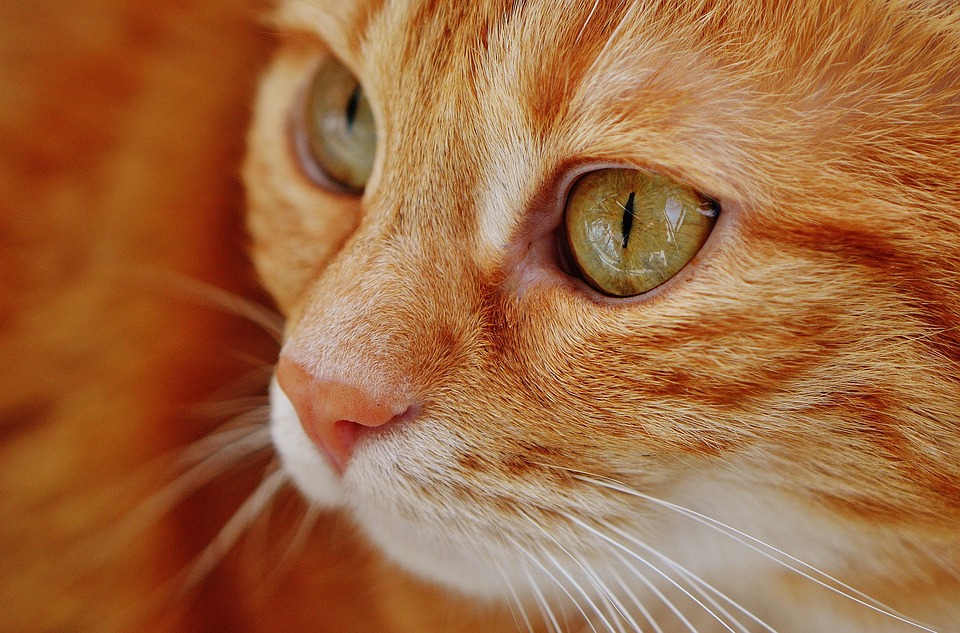The Flehmen response is a fascinating behavior observed in various animal species, including cats. This unique behavior involves a distinctive facial expression and posture that is believed to play a role in scent detection and communication. By exploring the origins and purpose of the Flehmen response, we can gain a deeper understanding of animal behavior and the intricate ways in which they interact with their environment.
The Flehmen response is characterized by a curled upper lip and an upward tilt of the head. This facial expression allows animals to expose their vomeronasal organ (VNO), a specialized sensory organ located in the roof of the mouth. The VNO is responsible for detecting and processing pheromones, chemical signals that play a crucial role in animal communication and social behavior.
The anatomy of the VNO is fascinating as it consists of a series of specialized cells that are sensitive to pheromones. When an animal exhibits the Flehmen response, these cells are exposed to a greater concentration of pheromones, allowing for more accurate detection and interpretation of these chemical signals.
In cats, the Flehmen response is often observed when they encounter a new scent, such as the urine of another cat. This behavior is believed to help cats gather information about potential mates, mark territory, and communicate with other felines. The Flehmen response in cats is triggered by the detection of pheromones, which can convey important information about the reproductive status and social hierarchy of other cats.
Frequently asked questions about the Flehmen response in cats include its appearance, purpose, and whether it is present in kittens. The facial expression during the Flehmen response in cats involves a curled upper lip and a slight tilt of the head. Cats display this behavior to detect and interpret scents, as well as to communicate with other cats. The Flehmen response can be observed in kittens, although it may be less frequent and less pronounced compared to adult cats.
Not all cats are equally likely to exhibit the Flehmen response, as factors such as age, sex, and individual differences can influence its frequency. Additionally, the Flehmen response is not exclusive to cats, as other animals, including horses, deer, and big cats, also display this behavior. Each species may have its unique adaptations and reasons for exhibiting the Flehmen response.
While the Flehmen response is generally a normal behavior in cats, concerns about potential health issues associated with this behavior may arise. It is important for cat owners to monitor their pets’ overall health and behavior. If there are any sudden changes or signs of distress, it is advisable to seek veterinary advice.
In conclusion, the Flehmen response is a captivating behavior observed in animals, with cats being among the most well-known examples. By understanding the origins and purpose of this behavior, we can gain valuable insights into animal communication, mating behavior, and scent detection. The study of the Flehmen response deepens our understanding of cats and allows us to appreciate the intricate ways in which they interact with their environment.








